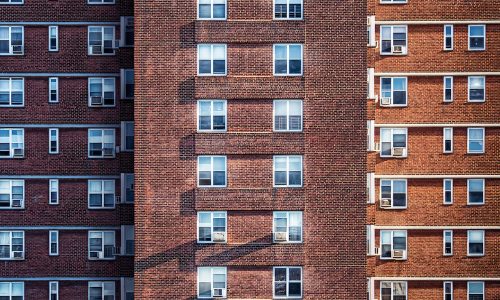What you need to know about full fibre broadband

The UK has been rolling out full fibre broadband across the region to equip homes and businesses with the best connectivity available. Companies like BT Openreach and government initiatives like Project Gigabit are investing in setting up full fibre broadband to replace slower and outdated copper broadband, which is subject to instability and interferences.
The upgrades have been making impressive progress, with more than 70% of the UK now covered by full fibre broadband. By 2027, this figure may reach 95 to 96% of all UK properties. With full fibre broadband becoming more common, it helps to be aware of its features and capabilities so you can use it to its full potential. Here’s what you need to know about full fibre broadband.
Fibre optic cables
Full fibre broadband uses fibre optic cables all the way from the broadband exchange to a person’s home or business, which is also why this type of connection is called Fibre to the Premises (FTTP). Traditional broadband connections typically use copper wires; Fibre to the Cabinet (FTTC) broadband only uses fibre optic cables up to the street cabinet, and copper wires run from the cabinet to the premises. While copper has great conductivity, malleability, and thermal properties, it often performs poorly in certain conditions like high activity or inclement weather. These aren’t an issue for fibre optics. Fibre optic cables are made from thin strands of glass or plastic that transmit data using fast pulses of light, and the cladding layer wrapped around the fibres causes the light to bounce off the walls of the cable. This gives them a larger bandwidth and allows multiple data channels down a single cable. They don’t interfere with other cables and aren’t easily interfered with.
Speed and performance
Since fibre optic cables are the only wires used for full fibre broadband, their performance is unmatched compared to traditional broadband connections that use copper. The properties of fibre optic cables allow for gigabit speeds, so buffering and lagging are no longer major issues. Full fibre broadband provider Zzoomm offers speeds of 100 Mbps to 2 Gbps and packages with symmetrical speeds for equally fast downloads and uploads. The connection also isn’t shared with other premises, and the signal doesn’t weaken if your home or business is far from the cabinet. Speed is never compromised if multiple people use the connection for streaming, gaming, or internet browsing. Full-fibre broadband is incredibly reliable, regardless of harsh conditions. Fibre optic cables are weather-resistant and aren’t subject to signal interferences, keeping your connection stable in rain or shine.
The benefits of full fibre broadband
The features of full fibre broadband are more necessary than ever, especially in a highly digital age. As homes and businesses begin to rely more on devices and technology that require internet connectivity for everyday activities, having a stable and resilient connection is crucial. Those who need to use computers, mobile phones, or tablets for work or school can enjoy fast and reliable connectivity and keep productive. Businesses won’t have to worry about system downtimes due to a slow connection. Even smart devices, from appliances to fitness products, can stay connected and running for the best performance. Fibre optic cables are also more secure; they aren’t vulnerable to signal interceptions, so there’s a lower risk of cybercrimes. Rural areas will also benefit the most from full fibre broadband, allowing residents to stimulate the local economy by establishing and improving local businesses.
For more on tech and other media, visit our dedicate section for the latest insights and reviews.
The editorial unit
























Facebook
Twitter
Instagram
YouTube
RSS